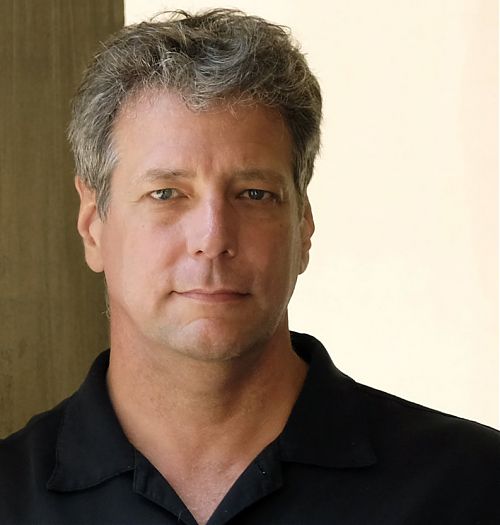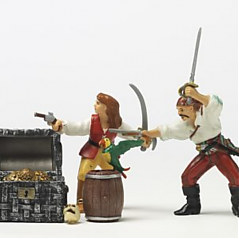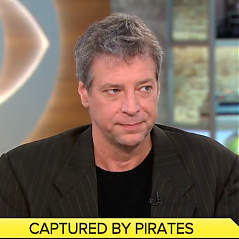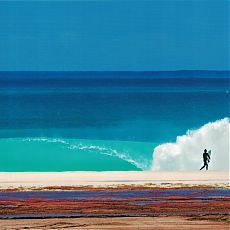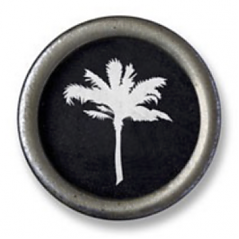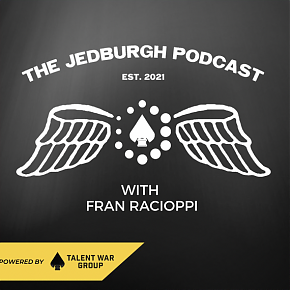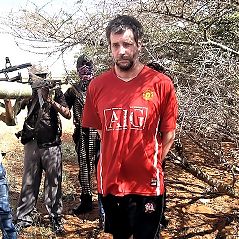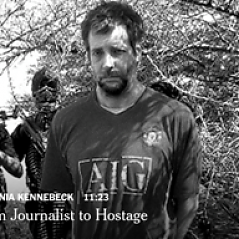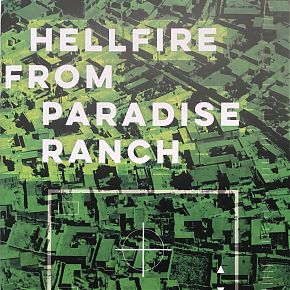The Peril of War Correspondence
An essay on Syria, Somalia, and Austin Tice
December 2020
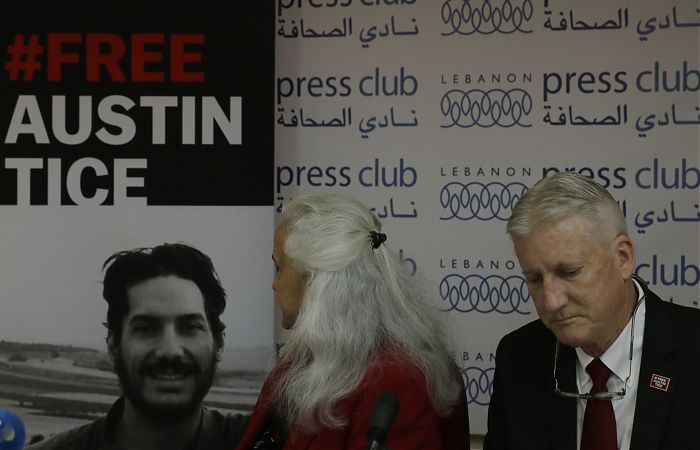
One of the last acts the Trump administration hoped to achieve before the 2020 election was to free Austin Tice, a journalist and former Marine who disappeared at a roadblock outside Damascus in August 2012, the year so many of us disappeared. It was a bad year for journalist kidnappings, and mine, in January, was an outlier, since relatively few reporters were drawn to Somalia. But the sudden war in Syria, and the blackout imposed on major news agencies by President Bashar al-Assad, tempted adventurous freelancers like Austin across the northern border.
He covered more ground than most others, traveling from southern Turkey to Damascus, embedded for most of the summer with rebels in the Free Syrian Army. He enjoyed more than two months of real-time reporting from a war zone more established journalists couldn’t reach because of the blackout; within weeks, he sold packages to CBS and the Washington Post and became a visible American critic of the Damascus regime. By August he was living in the suburb of Daraya, outside the capital. On the 13th he wrote to family and friends that he would take a break: He wanted to cross the Lebanese border and cool it for a while in Beirut. Then his stream of messages and social media posts fell silent.
No group claimed responsibility for his disappearance. No ransom demands have been made. The State Department has concluded that “Syrian government forces” kidnapped him, which would give Damascus leverage in a negotiation — but Damascus denies any link.
After his capture, a weekly anti-Assad protest in the city of Yabroud included signs in support of Austin: “Freedom for Austin Tice, who lighted Syria with his lens,” read one sign in Arabic.
Later in September, strange and jerky footage of Austin appeared on social-media pages sympathetic to Assad. It showed armed men wearing bullet-proof vests over white shalwar kameezes, urging Austin up a dusty hill. He was blindfolded, breathing hard, clearly fearing for his life. The men hollered in Arabic and forced him to recite a final prayer. Austin said, “Oh, Jesus. Oh, Jesus.” American experts found the film ridiculous. Why would the gunmen wear shalwar kameez? Was Austin supposed to be in Afghanistan? Text posted with the video on Facebook tried to claim he was held by the Nusra Front, a group of Islamist rebels in Syria; but why would Nusra use government-aligned accounts to release the video? It had publicized other hostage films (not of Austin) elsewhere. Even at the time, the State Department said it believed Austin was in the hands of the government.
His parents, Debra and Marc, have seen no pictures of Austin — no direct, public proof of life — ever since.
The world maintains a funny relationship with journalists, and readers who aren’t reporters rarely understand why a person would nose around where he’s not wanted. Austin posted his own reasons for the Syrian adventure on Facebook before he disappeared. “Our granddads stormed Normandy and Iwo Jima and defeated global fascism,” he wrote. “Neil Armstrong flew to the Moon in a glorified trash can, doing math on a clipboard as he went … Sometime between when our granddads licked the Nazis and when we started putting warnings on our coffee cups about the temperature of our beverage, America lost that pioneering spirit. We became a fat, weak, complacent, coddled, unambitious and cowardly nation.”
I agree with his disgust for American complacency, and his adventuring spirit, but maybe because I traveled to Somalia when I was about a decade older than Austin at the start of his Syrian career, I’ll admit that pure adventure and self-discipline weren’t enough reason to place my life at risk in service of the truth. (Place my life at risk, not risk my life. Those are different things.) I didn’t fly to Somalia to learn what I was made of. But my pirate kidnappers did offer 32 months of half-starved solitude for me to brood about my actual motivations.
One was obvious: I wanted a story. I’d followed a trial of 10 Somali pirates under arrest in Germany, and I’d heard so much nonsense in the courtroom that I wanted to learn a few things for myself. The Somali pirate story as presented in the Western media was superficial, and I found plausible, unexpected leads during the trial for protected (if not safe) travel in Somalia, so a reporting trip didn’t seem absurd.
That urge to learn facts is what drives a journalist of any kind. To correct the record, and throw light on a topic that the powerful or the criminal (or both) have reason to obscure. It’s a powerful urge, not a materialistic one — but it’s also not always realistic. I learned to doubt my own talents for learning the most relevant facts in Somalia while I slept in the stone ruin of an Italian colonial building near Hobyo, next to a pair of Seychellois hostages, fishermen caught on the water. It was a cold, concrete house with a rotting iron roof and tumbleweeds instead of doors, infested with dust mites and flapping vultures. Khat-stoned pirates laughed and listened to music on their cell phones while the three of us tried to sleep.
Truth, such as it is, can be approached by a journalist, but never fully revealed. A Western journalist immersed in a difficult foreign culture may also be the wrong person to approach it. Those are hard reflections for a prisoner living half-starved on a concrete floor. Americans — even those who hate Donald Trump — unconsciously prefer “winners,” and if a writer comes away from a dangerous project with a great story, great. If the same writer becomes a hostage and a public burden, the trouble becomes their fault. “In most fields of crime,” wrote Steve Coll in the New Yorker in August 2014, “we’ve learned not to blame the victim.” But journalists already work against a culture that doesn’t always want or respect the questions they raise, so when a project turns sour, public opinion goes with it. “Most of the great correspondents who have worked in hard places and walked away again and again have idiosyncratic methods for making judgments about which road to travel and which to avoid,” wrote Coll. “And only the arrogant among them will say that they are not very lucky.”
After housing us for weeks in the Italian ruin, the pirates took us on the road in speeding Land Rovers, hoping to outfox drones and reconnaissance planes that were crisscrossing Somalia that spring in search of my sorry hide. After a couple of weeks, they placed two of us on a recently hijacked tuna vessel, the Naham 3, lying at anchor about a mile off Hobyo.
The pirates had told me, off and on, that I would go free “soon” — in a matter of weeks or even days, from whenever it was — but now this happy talk subsided. We lived in squalor on the Naham 3 with a hostage crew, 28 young men from Southeast Asia, sleeping and eating our meals together on a cramped work deck near the bow of the 50-meter ship. The pirates paced or sat above us, on an upper deck, armed with AK-47s and not even bothering anymore to lie about going free. The end of my captivity now felt more distant than the dusty shoreline, and for the first few days I wanted to kill myself.
Slowly I noticed that life on the Naham 3 was an improvement over life on land. There were no flies. The hostage crew turned out to be good company. The ship’s kitchen had stores of reasonable-tasting Chinese food, and we could use hand-lines to catch fresh fish. Our lives would all worsen again, but for the spring and summer of 2012 my blood pressure subsided, and I witnessed how a poor, hardworking group of international seafarers would struggle from day to day on a ship hijacked by Somali pirates.
I also saw how the ship was supplied. Skiffs puttered back and forth between the Naham 3 and Hobyo’s beaches. High-ranking pirate bosses made the trip with heads wrapped in kaffiyehs, not to protect them from the sun, I realized after a while of watching, but to hide their faces from drones. Now and then we received a live goat from Hobyo, which would be skinned and slaughtered with the fishermen’s scaling knives and cooked in the ship’s kitchen.
§
It wasn’t always clear that I would survive my time in Somalia, and I can’t say the tradeoff was worth it; but in spite of more than one day of suicidal self-doubt I learned a great deal about the pirate story.
Austin will be in a similar position now. Two high-ranking envoys have made recent trips to push for his release, which means the steady background drip of rumor that he’s alive in a government prison, somewhere, has some credible weight. Kash Patel, a deputy assistant to Trump, flew to Damascus in August to discuss Austin and one other U.S. captive, Majd Kamalmaz, according to reports in The Wall Street Journal and a Syrian paper, Al-Watan. A Lebanese general who has intervened in several hostage cases around the Middle East, Maj. General Abbas Ibrahim, also said in a radio interview in November that he had recently stopped in Damascus to make inquiries about Austin.
These are hopeful signs. What few people say about Austin is that he seems to have been “disappeared,” like los desaparecidos of Argentina in 1970s and ’80s, or like tens of thousands of Syrian dissenters since the Arab Spring started in 2011. “The Disappeared” will be a significant bloodstain on Syrian history, and the term, for now, refers to domestic resisters and revolutionaries who have vanished into government prisons. But it’s not clear to me in the slightest that Assad or his functionaries would make a useful distinction between domestic dissidents and an American reporter broadcasting about the civil war with help from the Free Syrian Army, even if the journalist also criticized the rebel groups as Austin sometimes did.
The fates of The Disappeared have followed the same vague pattern as Austin’s: the detainment at a government checkpoint, the lack of a ransom demand, the near-total lack of communication from any group in charge of the captive’s fate, as well as the vague, persistent rumors of life in a government prison.
People do emerge from this underworld. Former Syrian detainees have been swapped out in prisoner exchanges. The leverage Damascus hopes to wield against the United States may be more significant, but it’s also possible that the appalling, subhuman treatment reported by Syrian prisoners who’ve walked free — starvation, torture — is not meted out to foreigners.
“The patterns [of capture] are the same,” said Dr. Bill Wiley, head of the Commission for International Justice and Accountability, which has investigated Syrian war crimes. “The question is whether the treatment is the same. If I had to make a monetary bet, I would say that the treatment of Westerners would be a great deal better than the treatment of Syrians, because the value to the regime … would be political. The only threat to the survival of the regime at this point would be American military intervention … So I’m not surprised to hear that [Austin] might be alive.”
Washington cut off formal relations with Damascus in 2012 because of the civil war. Trump has reduced the number of American troops there to about 600, and journalists in October asked Secretary of State Mike Pompeo whether Washington might leave Syria altogether to secure freedom for American hostages. “We’ll continue to work for the return not only of Austin, but of every American that’s held,” said Pompeo. “We’re not going to change American policy to do that.”
Debra Tice — Austin’s mother — blasted him for refusing diplomatic engagement. “In essence,” she said, “there is nothing he is willing to do to bring my son home.”
This public exchange on its own is a sign that Austin may be alive, given the murkiness of his case. Austin himself may know less about his own prospects for freedom than the State Department. My guards in Somalia never told me a damn thing, or nothing useful. For my mental health I quit believing the rumors of freedom that fluttered like butterflies, in a maddening cycle, for the length of my ordeal.
Even on the bright afternoon when my guards insisted I would go free — “Michael, your car is here” — I refused to believe it. I saw the bundle of ransom cash someone had brought to the prison house, for the guards’ salaries, but my paranoid brain focused on grim-seeming clues that perhaps the pirate bosses had sold me to al Shabaab. (They hadn’t.) The same experience is described over and over by hostages everywhere. Guards offer hope, but you learn to ignore it. If and when freedom arrives, the moment surprises you, and you find yourself in the world again holding more emotion than you know how to express — fury beyond description, with a numb but tenderized heart, a little wiser, certainly more sorrowful, blinking like Lazarus in the sun.
Michael Scott Moore
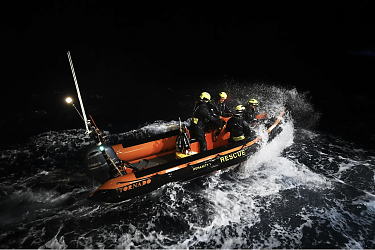
Rafts of the Medusa
Why every day on the Mediterranean is a new scandal for Europe. For both Foreign Policy and Die Zeit.
California’s Attempt at Land Reparations
How land seized from a Black family 100 years ago may be returned. The Bruce’s Beach story from a hometown angle, for The New Yorker
Day of the Oprichnik, 16 Years Later
The novelist Sorokin, the president Putin, his man Dugin, and the war in Ukraine. For n + 1.

The Rushdie Narrative
Knife and the crumbling ground beneath free speech
There Must Be Some Way Out of Here
An essay on Bob Dylan, “All Along the Watchtower,” and Somali pirate captivity.
That Mystic Shit
The life of Lou Reed in two biographies

Cambodian Seafarers Talk About Pirates
Mike visits Cambodia for The New Yorker to talk about a harrowing shared experience in Somalia
The Muslim Burial
Cambodian hostages remember digging a grave for one of their own. A sequel chapter to The Desert and the Sea
The Real Pirates of the Caribbean
Adventure journalism in Southern California. A travel essay for The Paris Review.

Antifa Dust
An essay on anti-fascism in Europe and the U.S., for the Los Angeles Review of Books
Was Hitler a Man of the Left?
A book that helped Republicans in America lose their damn minds.
Ghosts of Dresden
The Allied firebombing of Dresden in 1945 destroyed the baroque center of what Pfc. Kurt Vonnegut called, in a letter home from Germany, “possibly the world’s most beautiful city.”
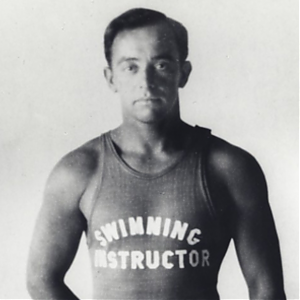
George Freeth, Biographed
The first academic treatment of America’s surf pioneer. Also, was Freeth gay?
It’s Called Soccer
Americans live on what amounts to an enormous island, defended on two shores by the sea, and we’ve evolved a few marsupial traditions that nobody else understands.
Tilting at Turbines (in the Severn River)
The morning was clear and cold, with frost on the church steeple and the cemetery grass. I had a quick English breakfast at a white-cloth table, in my wetsuit, and drove to Newnham, a village on the Severn River in Gloucestershire, parking near the White Hart Inn.

The Curse of El Rojo
I’d packed the car lightly — a bag of clothes, a bag of cassette tapes, a backpack of books, a few essential tools.









